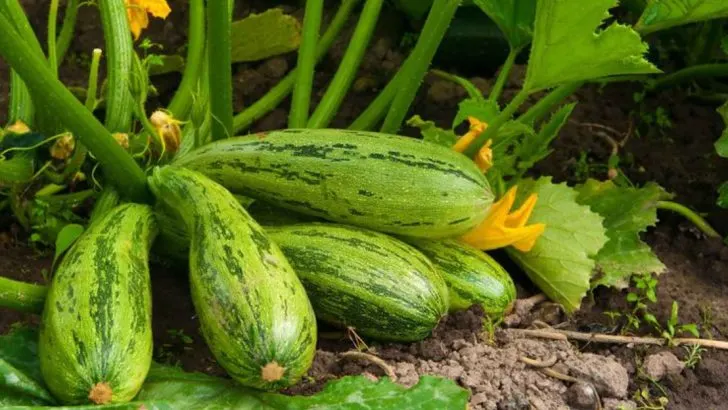Think you missed your gardening window? Think again. Late spring might feel like you’re arriving late to the party, but there are plenty of plants that thrive when sown or transplanted even now—no catch-up required.
Whether you’re planting from seed or starts, there’s still time to grow everything from fast-maturing vegetables to heat-loving herbs and even some flowers that bloom in just weeks. The trick is choosing varieties that love warm soil, tolerate longer daylight hours, and can handle a hot summer finish.
In this guide, we’re sharing 20 perfect plant picks that don’t mind a late start. So if you’re just getting into gardening—or adding a second round of crops—you’re right on time.
Basil

Basil’s aromatic leaves can transform any dish into a culinary masterpiece. This herb thrives in plentiful sunlight and well-drained soil, making it an easy choice for late spring planting. Starting basil now means fresh pesto and fragrant garnishes all summer. Remember, pinching the tops encourages bushier growth, which means more leaves to enjoy. An added bonus: basil repels insects, providing a natural pest defense.
Zucchini
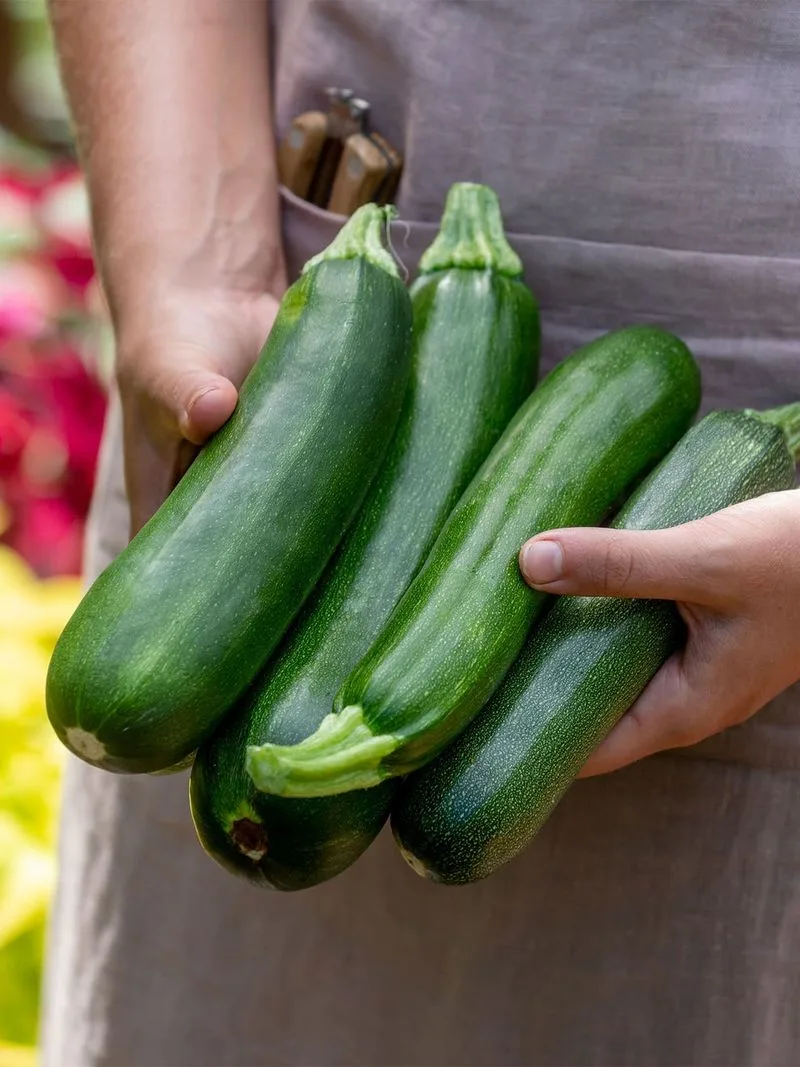
With its rapid growth and abundant yield, zucchini is a favorite among gardeners. Planting in late spring ensures a steady supply of this versatile veggie throughout the warmer months. Zucchini requires ample space and sunlight, but rewards you with bountiful harvests. Keep an eye out for its beautiful yellow blossoms, which can also be harvested and enjoyed in various recipes.
Marigold
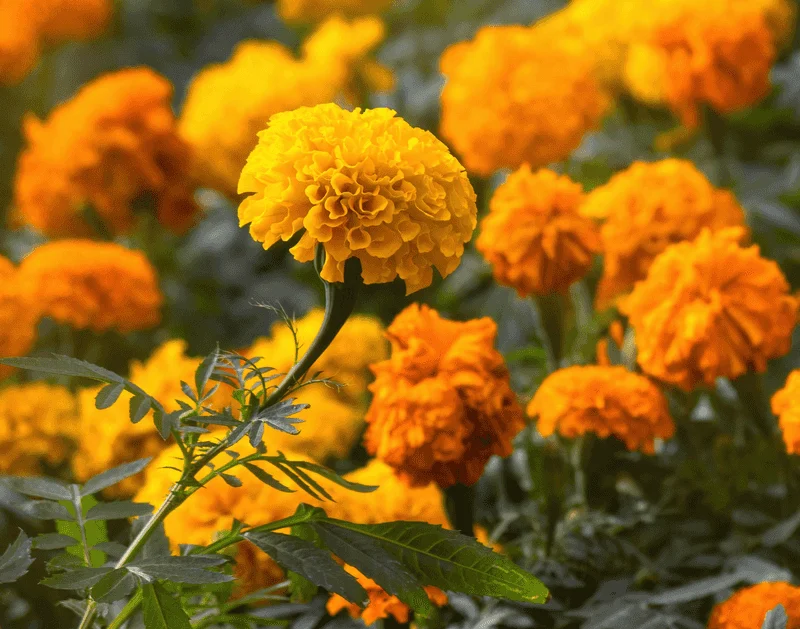
Marigolds not only add vibrant color to gardens but also serve as natural pest protectors. These resilient flowers can be sown directly in the soil in late spring, ready to bloom by summer. Marigolds thrive under sunny skies and require minimal care, making them perfect for beginners. Their bright hues attract pollinators, ensuring a lively and productive garden space.
Spinach

Spinach loves the cooler temperatures of late spring, allowing it to flourish before the summer heat takes hold. This nutrient-rich green can be sown directly into the ground and harvested within weeks. Its tender leaves are a delicious addition to salads, smoothies, and soups. Continuous harvesting by picking the outer leaves ensures a prolonged supply throughout the growing season.
Cilantro
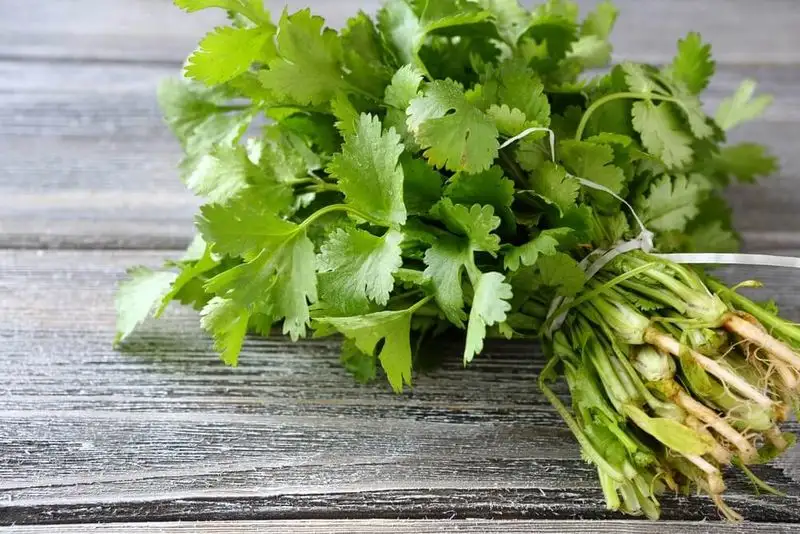
Cilantro’s refreshing flavor is a must-have for summer dishes. Its quick germination and growth make it ideal for late spring planting. Whether used in salsas, salads, or as a garnish, cilantro brings a burst of freshness to any meal. This herb prefers cooler weather, so consider planting in a spot with some afternoon shade to prolong its life as the days grow hotter.
Cosmos

Cosmos are the perfect way to bring a burst of color to your garden. These flowers are easy to grow and maintain, boasting a long blooming season that begins just a few weeks after planting. Cosmos thrive in various soils and attract a host of pollinators. Their whimsical, daisy-like appearance adds a touch of elegance, perfect for garden borders or containers.
Radishes
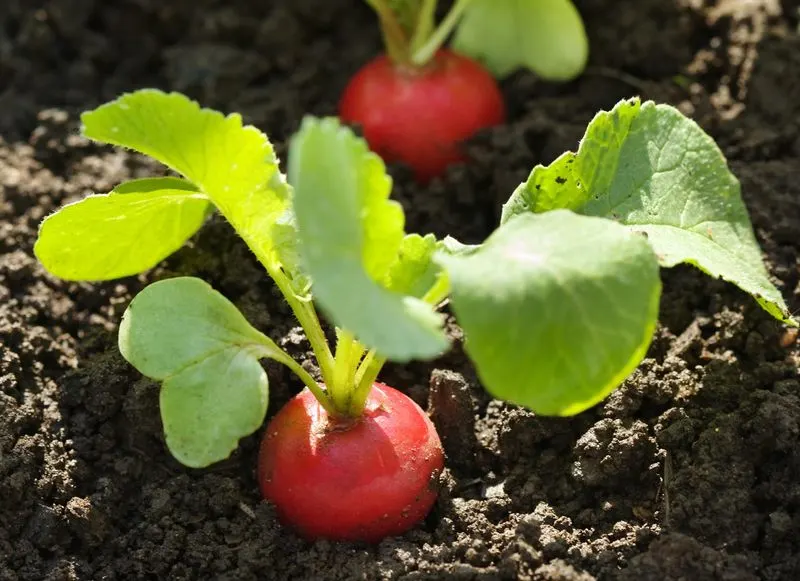
Radishes are a speedy crop, often ready to harvest just three weeks after sowing. Planting these crunchy vegetables in late spring ensures quick and rewarding results. Radishes thrive in cooler conditions and can be grown in garden beds or containers. Their peppery flavor is perfect for salads and garnishes, adding a delightful crunch to summer meals.
Sunflowers
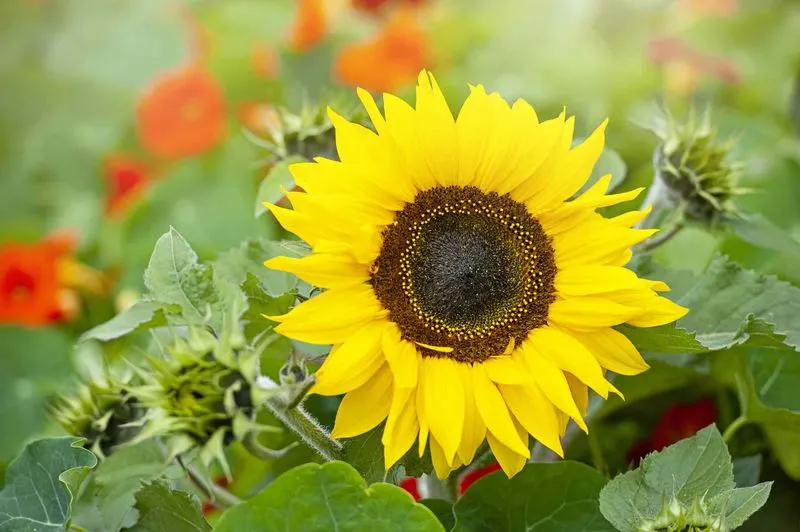
Sunflowers bring joy with their towering height and cheerful faces. Late spring is still a good time to plant these giants, which will bloom by summer. Sunflowers thrive in sunny spots and well-drained soil. They provide seeds that attract birds and can be harvested for snacking. Their sunny disposition makes sunflowers a delightful addition to any garden landscape.
Cherry Tomatoes
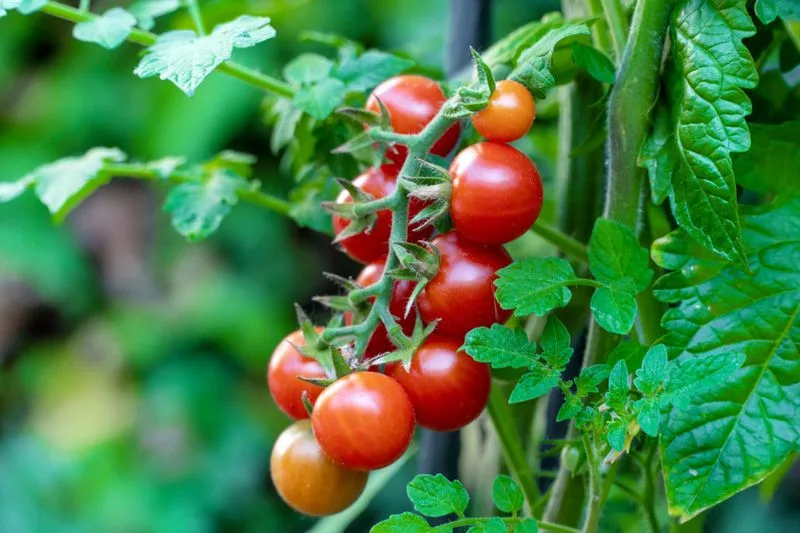
Cherry tomatoes are a delightful addition to any kitchen garden. Late spring planting gives them enough time to grow under the warm sun, resulting in juicy, sweet fruit. These tomatoes thrive in containers or garden beds with full sun exposure. Their burst of flavor complements salads and fresh dishes, making them a gardener’s favorite for quick, tasty harvests.
Petunias
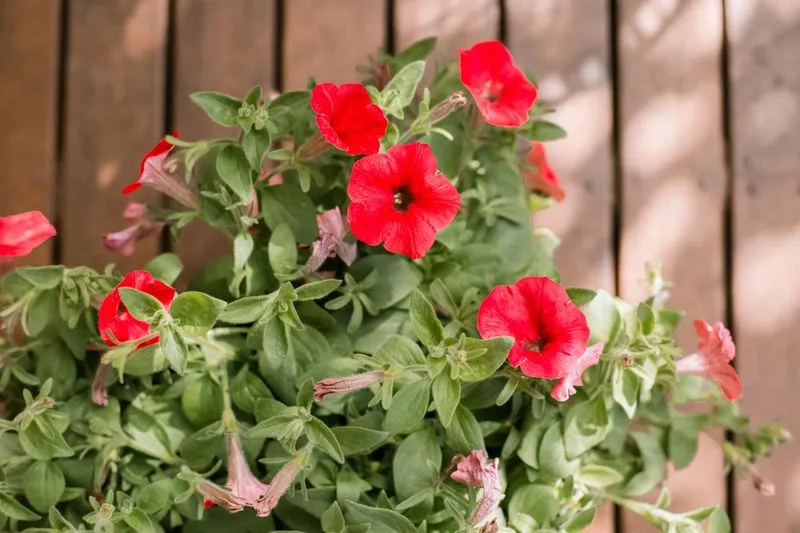
Petunias are known for their vibrant blooms and versatility. Perfect for hanging baskets or garden beds, these flowers thrive in late spring. With a wide range of colors, petunias can brighten any space. They require regular watering and deadheading to encourage continuous blooms. Their cheerful presence makes them a charming addition to any floral arrangement.
Cucumbers
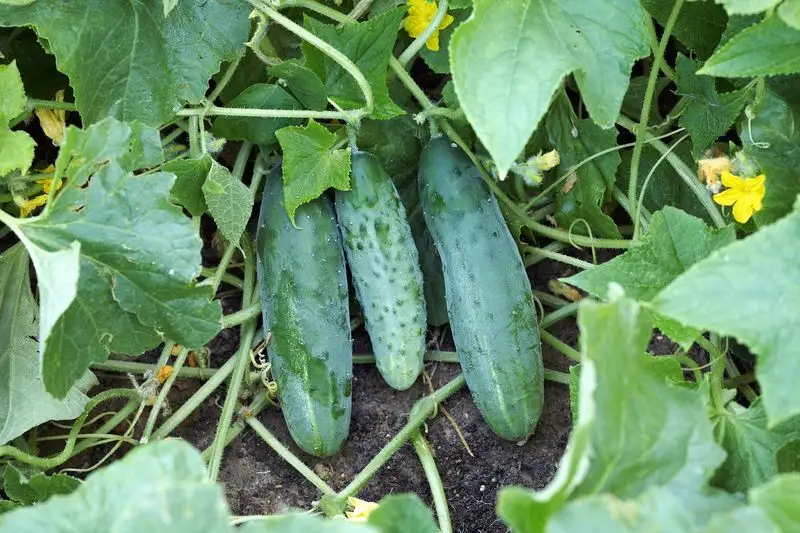
Cucumbers are a refreshing summer treat, and starting them in late spring ensures a bountiful harvest. These fast-growing plants thrive in warm soil and ample sunshine. Cucumbers are perfect for salads and pickling, offering crunchy and hydrating bites. With proper support, they can grow vertically, saving space and making harvesting a breeze. They’re ideal for small gardens.
Borage

Borage is a charming herb known for its star-shaped blue flowers. Planting in late spring allows borage to develop fully and attract beneficial insects. The flowers and leaves are edible, adding a cucumber-like flavor to dishes. Borage’s rapid growth and ability to thrive in poor soil make it a beloved choice for herb gardens. Enjoy its beauty and utility through the season.
Pumpkins
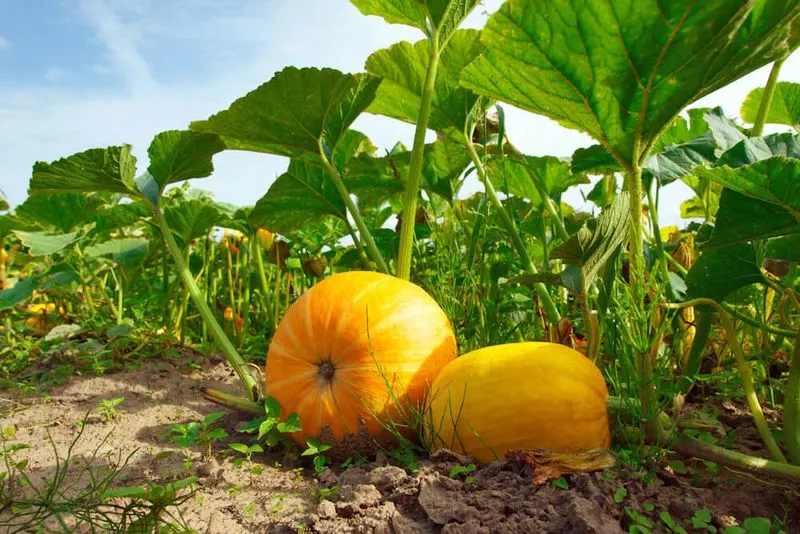
Starting pumpkins in late spring prepares them for autumn harvest. These plants need space and warmth to develop their large fruits, so ensure they have plenty of room to sprawl. Pumpkins are not just for pies; their seeds can be roasted for snacks. With care and patience, you’ll watch them transform from tiny sprouts to impressive gourds ready for carving or cooking.
Nasturtiums
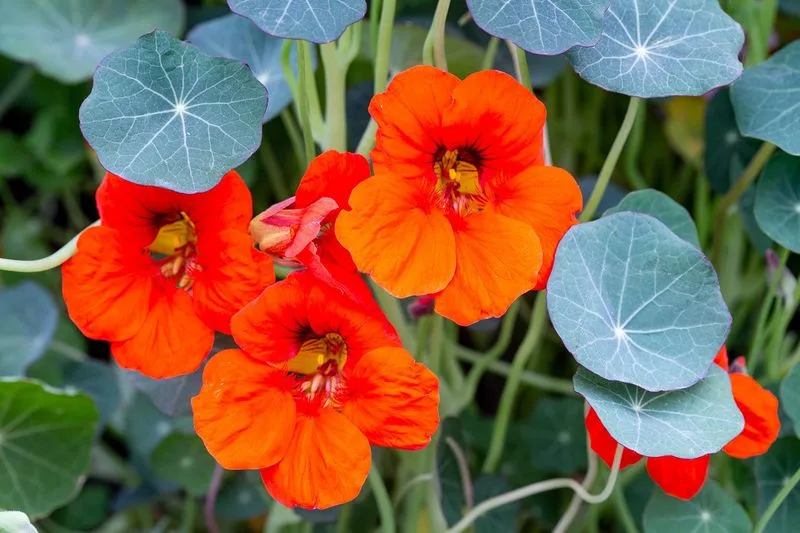
Nasturtiums bring a pop of color and are edible, adding spice to salads. These plants thrive in poor soil and require minimal care, making them perfect for late spring planting. Their trailing vines can cascade from pots or climb trellises, creating a vibrant display. Beyond aesthetics, nasturtiums attract pollinators and deter pests, contributing to a healthy garden.
Beets
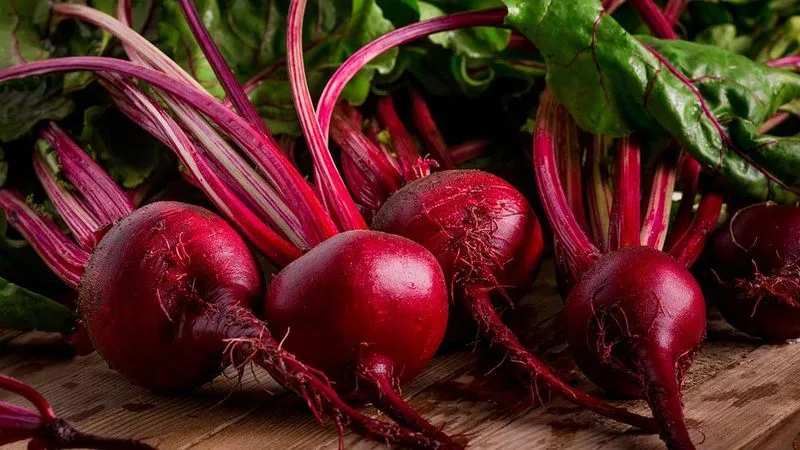
Beets are a versatile crop that can be sown in late spring for a summer harvest. These root vegetables thrive in well-drained soil and offer edible greens. Beets add earthy flavors to dishes, whether roasted, pickled, or in salads. Regular thinning and consistent watering ensure robust growth. Enjoy both the roots and greens, maximizing the plant’s culinary potential.
Calendula
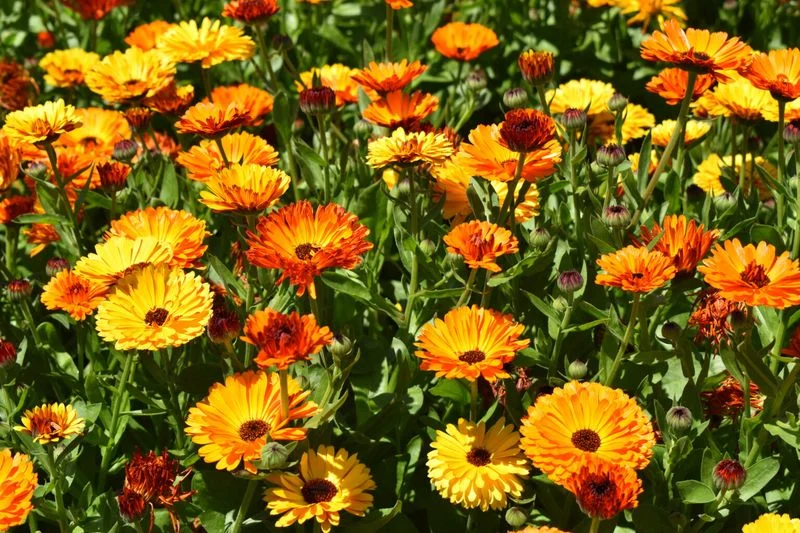
Calendula, with its cheerful orange and yellow blooms, thrives in the late spring garden. Known for its medicinal properties, it’s easy to grow and maintain. Plant seeds directly in the soil, and watch them flourish. Calendula repels pests and attracts beneficial insects, supporting the eco-balance in your garden. Its petals are edible, making for a colorful addition to salads.
Green Beans

Green beans are a staple for any garden, offering a continuous supply of fresh pods. Planting in late spring allows for multiple harvests throughout the summer. These plants thrive in warm weather and can be grown in bush or pole varieties. They’re perfect for stir-fries and salads, providing a satisfying crunch. Regular picking encourages more growth, maximizing your yield.
Dill
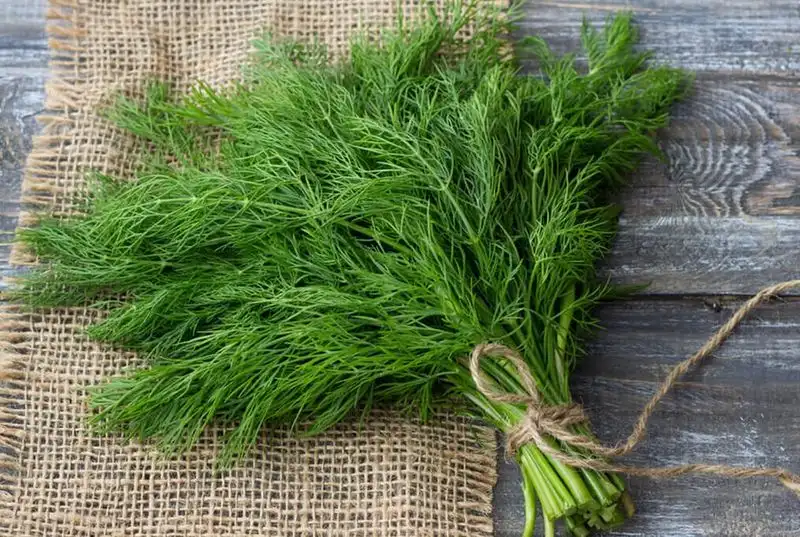
Dill, with its delicate fronds and distinct aroma, is a delightful herb for late spring planting. It grows quickly and prefers sunny spots with well-drained soil. Dill enhances the flavor of pickles, salads, and seafood dishes. Its tall, feathery appearance adds a lovely texture to garden landscapes. As it blooms, dill attracts beneficial insects, making it a valuable companion plant.
Parsley
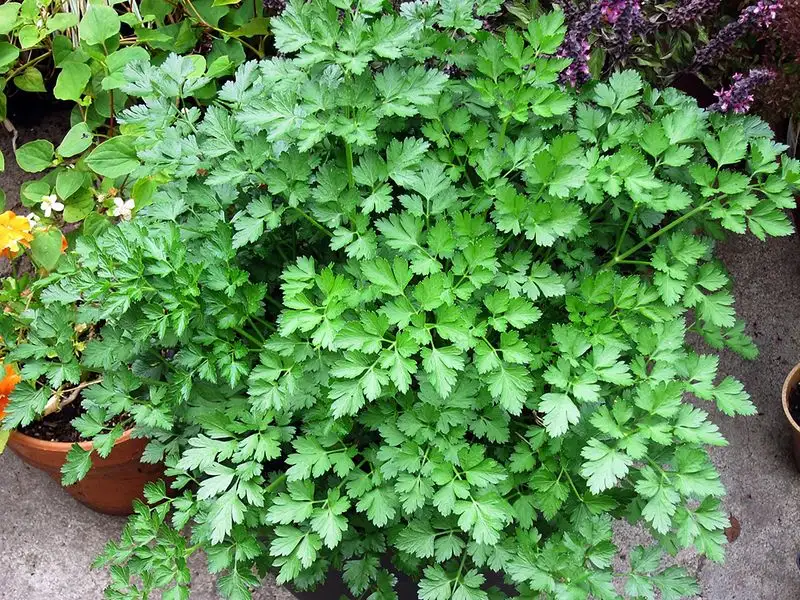
Parsley is a versatile herb, perfect for late spring planting. It thrives in full sun or partial shade and requires consistent watering. This herb adds a fresh, grassy flavor to a variety of dishes, from sauces to garnishes. Regular harvesting encourages bushy growth, ensuring a continuous supply. Its inviting aroma and vibrant green color make parsley a staple in any herb garden.
Squash

Squash varieties, both summer and winter, can be planted in late spring for robust growth. These plants prefer warm weather and need ample space to sprawl. Their fruits vary from tender zucchini to hearty pumpkins, providing culinary diversity. Ensure regular watering and mulching to retain soil moisture. With time, you’ll enjoy a bountiful harvest that lasts through the seasons.

